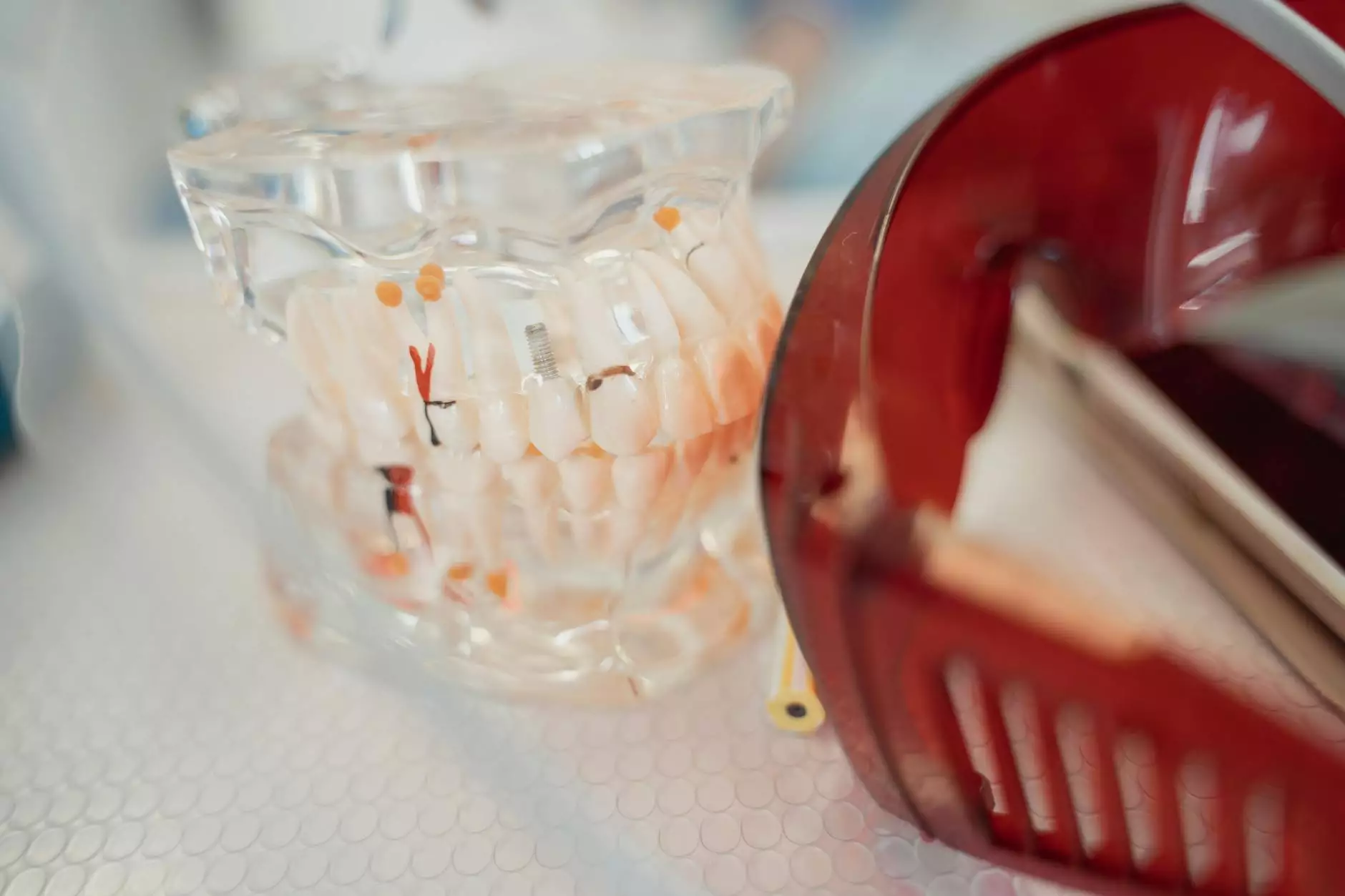Understanding ENT Medical Instruments: A Comprehensive Guide

In the rapidly evolving field of healthcare, particularly within the specialization of Ear, Nose, and Throat (ENT), the role of ENT medical instruments cannot be overstated. These specialized tools are essential for diagnosis, treatment, and management of various conditions affecting the upper respiratory tract, ears, and sinuses. This article delves deep into the types of ENT instruments, their applications, and the innovative technologies transforming patient care in this specialty.
What Are ENT Medical Instruments?
ENT medical instruments are surgical and diagnostic tools specifically designed for use in the diagnosis and treatment of ailments related to the ear, nose, throat, and related structures of the head and neck. These instruments are tailored to the human anatomy and are critical in assisting healthcare professionals in providing effective and efficient care.
The Importance of ENT Instruments in Healthcare
The significance of proper ENT medical instruments extends beyond simple functionality; they enhance the precision and safety of medical procedures. Here are a few reasons why they are vital:
- Accuracy: Specialized instruments allow for accurate diagnosis and treatment, leading to better patient outcomes.
- Efficiency: High-quality tools reduce the time required for procedures, benefiting both patients and practitioners.
- Safety: Advanced instruments are designed to minimize the risk of complications during surgeries.
- Innovation: Continuous advancements in technology mean that newer instruments can offer enhanced features such as visualization and minimally invasive options.
Categories of ENT Medical Instruments
Understanding the wide range of ENT medical instruments is essential for healthcare professionals and those interested in the medical field. Here are the primary categories:
1. Diagnostic Instruments
These instruments help practitioners examine and diagnose patient conditions:
- Otoscope: A handheld device used to inspect the ear canal and tympanic membrane.
- Rhinoscope: Used to examine the nasal cavity, providing a clear view of the nasal passages.
- Laryngoscope: Essential for visualizing the larynx and vocal cords during diagnosis.
2. Surgical Instruments
Tools used during surgical procedures include:
- Scissors: Designed for precision cutting of tissue and sutures.
- Forceps: Various types are available for grasping, holding, and manipulating tissue.
- Scalpels: Sharp blades used for making incisions in tissues.
3. Therapeutic Instruments
Instruments used in treatment procedures include:
- Nasal irrigation devices: Assist in clearing nasal passages for patients with sinus issues.
- Biopsy tools: Used to remove tissue samples for further analysis.
- Endoscopes: Flexible tubes with cameras used to view and treat conditions in the throat and sinuses.
Innovations in ENT Medical Instruments
The field of ENT is at the forefront of technological advancements. New developments in ENT medical instruments are continually improving patient care. Here are some significant innovations:
Minimally Invasive Techniques
Minimally invasive procedures are becoming increasingly popular due to their numerous advantages, including quicker recovery times and reduced patient discomfort. Instruments designed for these techniques have been developed, such as:
- Endoscopic instruments: Allow doctors to perform complex surgeries with smaller incisions.
- Robotic-assisted surgical tools: Enhance precision during delicate procedures.
Smart Technologies
Integrating technology into ENT instruments has led to developments such as:
- Sensors: Devices that can monitor patient vital signs and other health metrics in real time.
- Augmented reality (AR): Used in surgical procedures for enhanced visualization and decision-making.
Choosing the Right ENT Medical Instruments
Selecting appropriate ENT medical instruments is critical for healthcare providers. Here are key considerations when choosing instruments:
- Quality: Always opt for instruments made from high-quality materials that ensure durability and performance.
- Functionality: Consider the specific needs of the procedure and choose instruments that meet those requirements.
- Manufacturer Reputation: Research manufacturers and choose those with a strong reputation for quality and innovation.
- Cost: While it's essential to stick to a budget, do not compromise on the quality of instruments.
Leading Suppliers of ENT Medical Instruments
When it comes to procuring ENT medical instruments, several manufacturers and suppliers stand out for their quality and innovation. Some of the leading suppliers include:
- Medtronic: Known for their cutting-edge surgical instruments and devices.
- Olympus Corporation: A leader in innovative endoscopic technology.
- Karl Storz: Specializes in high-quality endoscopic instruments designed for various veterinary and medical applications.
Building a Successful ENT Practice
Apart from investing in ENT medical instruments, building a successful ENT practice involves several other aspects:
- Staff Training: Continuous training of staff is essential for efficient use of instruments and optimal patient care.
- Patient Relationships: Building strong relationships with patients leads to better communication and trust.
- Technology Adoption: Stay updated with the latest advancements in technology to enhance service delivery.
Conclusion
The domain of ENT medical instruments is full of potential and opportunity, and as technology advances, it will continue to evolve, improving patient care and outcomes in significant ways. Healthcare providers must stay informed about the best practices, innovations, and instruments available in this crucial field. Investing in quality tools not only boosts the efficiency of medical practice but ultimately contributes to the health and well-being of patients.
For the latest products and a vast selection of ENT medical instruments, consider visiting new-medinstruments.com, where state-of-the-art solutions for ENT specialties are available.








